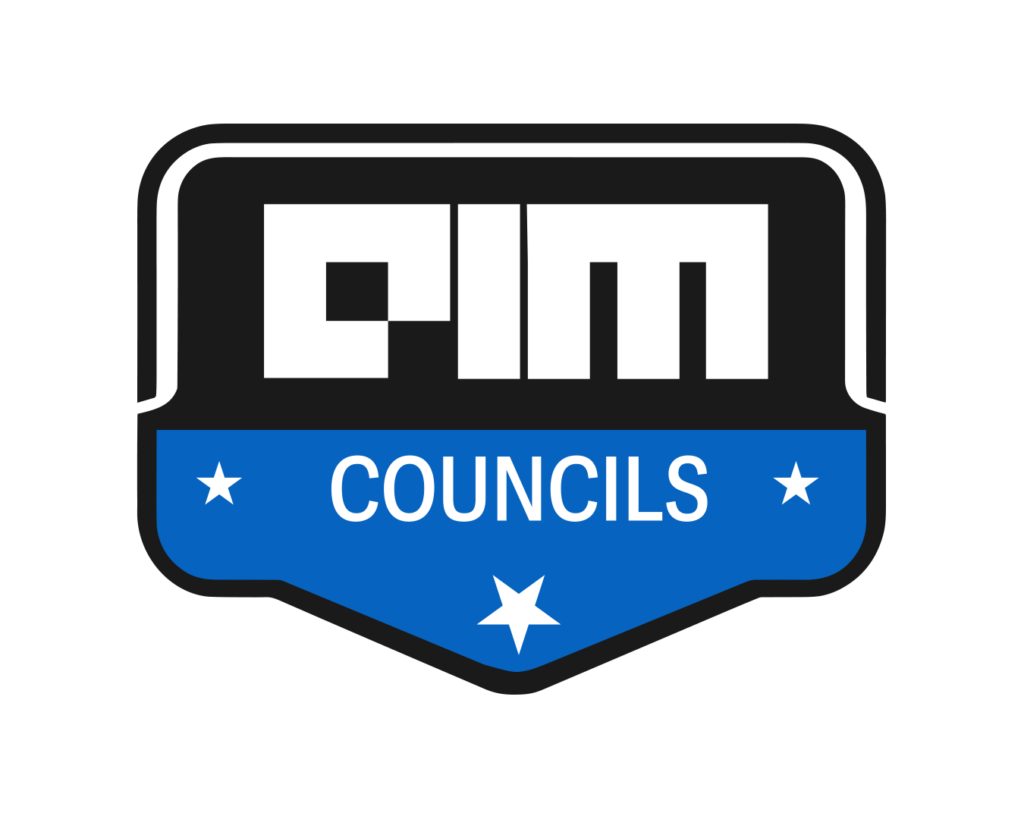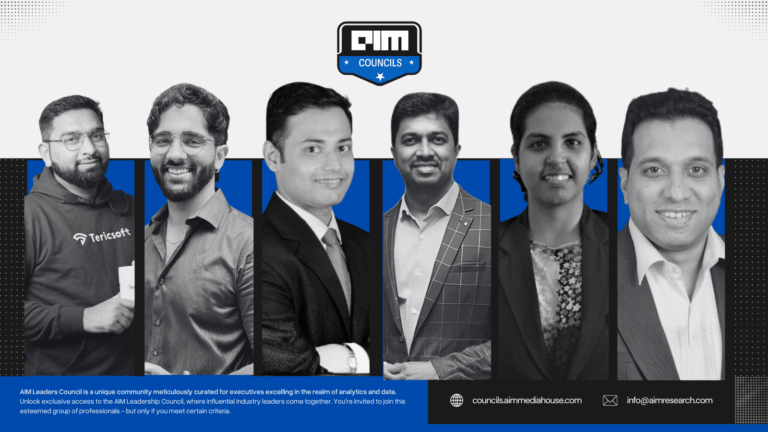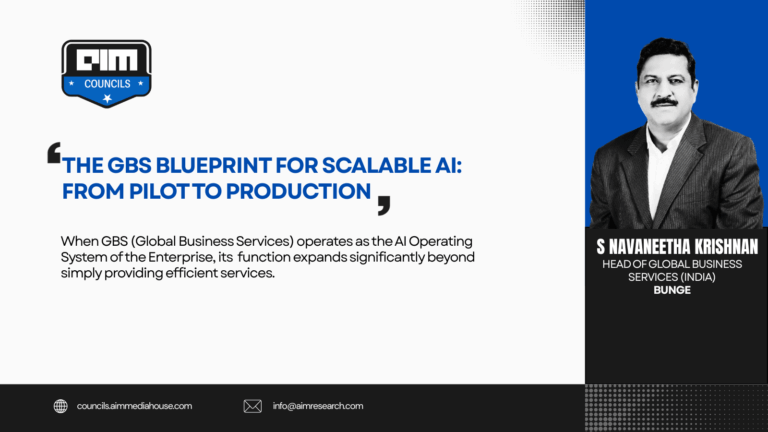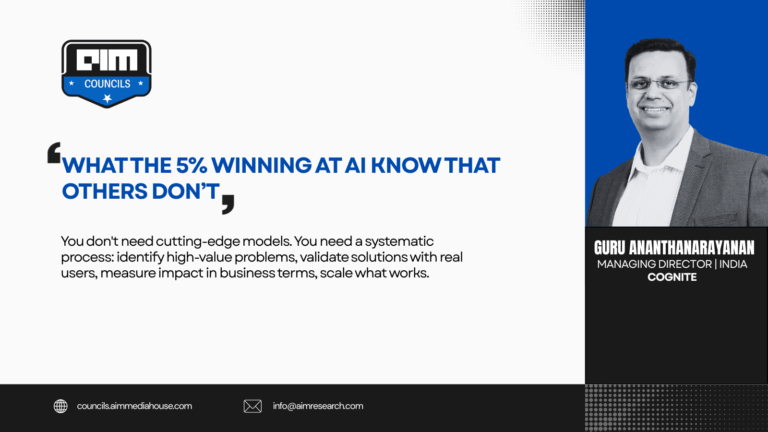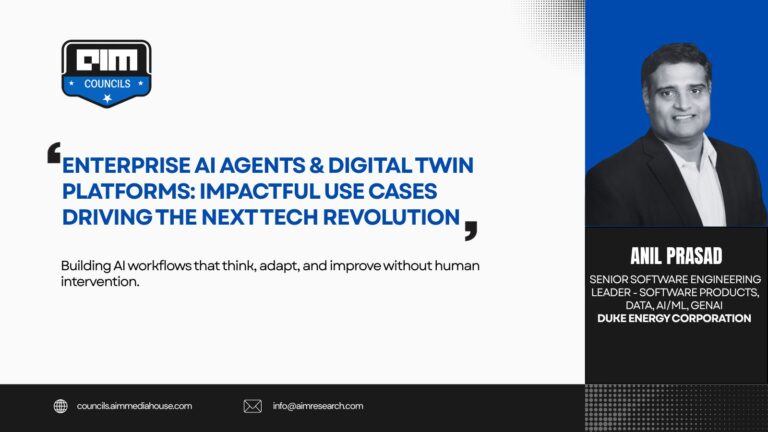As businesses across industries grapple with the transformative potential of artificial intelligence (AI), a growing number are embracing an “AI-first” approach. This shift represents a fundamental rethinking of how organizations leverage technology to drive innovation, efficiency, and competitive advantage.
To discuss such shifts in the industry, AIM Research organized an exclusive networking event in New York, the CDO Vision New York, which brought together industry experts, CEOs, and prominent Chief Data Officers (CDOs). This event, featuring an intimate luncheon, provided a platform for insightful conversations with industry leaders from diverse backgrounds – including Elizabeth Barayuga, Director Data Science and Machine Learning at UPS, Anil Prasad, Head of Engineering – software products, data and AI/ML, Avijit Chatterjee, Head of AI/ML and NextGen Analytics at Memorial Sloan Kettering Cancer Center (MSK), and Arvind Balasundaram, Executive Director, Commercial Insights & Analytics at Regeneron Pharmaceuticals, as the moderator. These leaders shared their experiences and insights on the opportunities and challenges of transitioning to AI-first models. Their perspectives offer valuable lessons for any organization embarking on this transformative journey.
Redefining the Data Landscape
At the heart of the AI-first transition lies a fundamental shift in how organizations view and utilize data. “Reimagining your data and how to use it is key,” explained Elizabeth Barayuga. “We’re a 100+ year old company, but we have to reimagine what we do with data.”
For UPS, this has meant rethinking the role of data in their logistics and supply chain operations. “Delivering your package is the most important thing, but looking beyond that, how can we help you in the world of logistics and supply chain?” Elizabeth said. “That means seamless integrations of your needs and the expertise of our engineering efforts go across borders and all the things that you need to know in order to let that package go from the origin to the destination.”
In the healthcare sector, data is equally vital, but the stakes are even higher. Anil Prasad emphasized the importance of protecting patient privacy while leveraging data to drive medical breakthroughs. “We deal with a lot of data – patient data, sequencing data, demographic data. That becomes a treasure trove for pharma companies and researchers, but the most important part is protecting patient privacy,” Anil stated, highlighting the necessity of data loss prevention (DLP) solutions and robust training to safeguard sensitive information. “We are working not only on setting up AI policies and procedures, but also setting up the right tools and monitoring them.”
Avijit Chatterjee added, “The crux of AI is in the multimodal AI. Take the numeric clinical data, take the text reports and the images.” He also emphasized the importance of AI in cancer research by analyzing pathology images and radiology scans.
Navigating the Risks and Rewards
Organizations embracing AI-first strategies must navigate a complex landscape of risks and rewards. “It’s a journey,” Elizabeth noted. “We had to acknowledge that AI is here, and then figure out how to manage and use it effectively.”
This process often involves establishing guardrails and policies to mitigate unintended consequences. “The first thing we did was set up guardrails for AI,” Elizabeth explained. “We gave teams guidelines on how to approach proofs of concept and ensure they were delivering tangible value.”
Anil Prasad highlighted the risk aversion mindset, stating, “People don’t want to kind of go in because they’re worried.” He emphasized the importance of compliance, data privacy, and employee training. “Managing risk is very important,” he said. “Identifying and playing by the data privacy rules is also getting more challenging each day, but we’re constantly working to provide guidance and moderate the use of AI within our organization.” Avijit also mentioned the importance of building workbot platforms to reduce context switching between apps for employees, which improves efficiency.
“Transitioning to an AI-first approach isn’t just about adopting new technologies; it’s about fostering a mindset shift across the organization,” explained Arvind Balasundaram. “As companies begin integrating AI into their core business models, it’s crucial to ensure that every layer of the organization embraces this change with a shared vision, from leadership to individual contributors.”
Leveraging Partnerships and Vendor Collaborations
Successful AI-first transformations often rely on strategic partnerships and vendor collaborations. Anil Prasad shared a story about how his team leveraged these relationships to secure buy-in from leadership. “We partnered with vendors like Cisco, HP, and Databricks to set up a proof of concept,” he explained. “We formed a small team, got the data, and quickly built a working model. Then we went to the CEO and CIO, showed them the results, and got the green light to scale up.” He also highlighted the use of AWS and their funding for POCs.
Elizabeth’s team at UPS took a similar approach, forging partnerships with business units and existing vendors to demonstrate quick wins. “We didn’t know everything, so we had to pivot and add skills in small spurts,” she said. “By the time AI became a big focus, we had a track record of delivering value without massive upfront investments.”
Avijit Chatterjee spoke about partnering with integration platform providers to build agents integrated with collaboration platforms such as Slack or Teams, highlighting the combination of available tools to transform user experiences.
Aligning with Organizational Priorities
Perhaps one of the most critical factors in successful AI-first transformations is aligning these initiatives with the organization’s broader strategic priorities. “We had to understand what problems the organization was leaning into and where it was going,” Elizabeth explained.
For UPS, this meant recognizing the shift from a package-centric to a data-centric business model. “Now data is the fuel, so we have to shift with that,” Elizabeth said. “It’s about building upon those small steps and spurts that gave us value without asking for big investments.”
In the healthcare space, Avijit’s team at MSK focused on partnering with researchers and providing them with the tools they needed to advance AI in cancer research. “We partnered with these folks and said, Well, if you’re building these models can be clouded. Can we provide you with the tools to productionize it?” Avijit said. “So we helped them take those tools and put them into AWS for broader healthcare community use.”
“AI is not a standalone initiative. It has to be ingrained in the fabric of how you operate,” added Arvind. “To be truly successful, the adoption of AI must align with a company’s long-term goals and strategy, ensuring that every decision made moves the organization closer to its vision.”
The Path Forward
As organizations continue to navigate the transition to AI-first models, the lessons shared by these industry leaders offer a roadmap for success. Key takeaways include:
- Redefine your data strategy: Recognize the transformative potential of data and how it can drive innovation across your business.
- Manage risks proactively: Establish guardrails and policies to mitigate unintended consequences, and invest in tools and training to ensure responsible AI use.
- Leverage partnerships and vendor collaborations: Forge strategic alliances to quickly build and deploy AI-powered solutions and tap into external expertise.
- Align with organizational priorities: Ensure your AI-first initiatives are closely tied to the company’s broader strategic goals and vision.
The journey to AI-first may not be easy, but as these leaders have demonstrated, it is a necessary and rewarding path forward. By embracing the lessons learned, organizations can unlock the full potential of AI to drive growth, efficiency, and innovation in the years to come.
